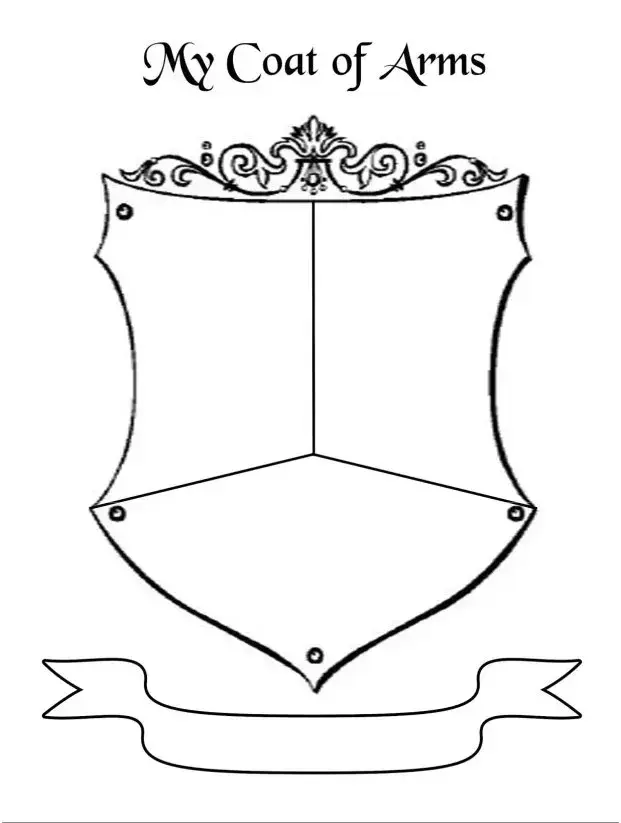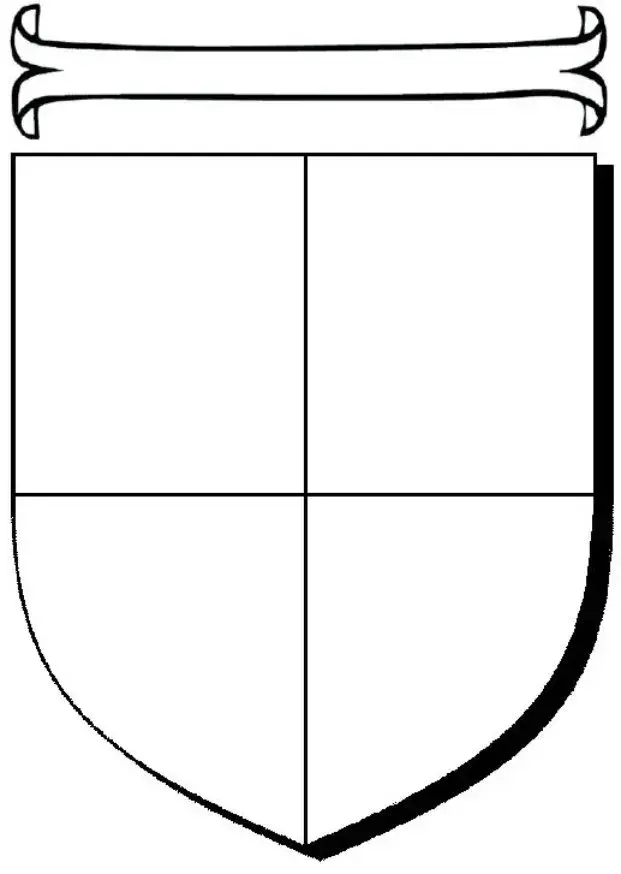When filling out the Coat of Arms form, many individuals make common yet critical mistakes that can lead to delays or complications in the approval process. Understanding these pitfalls is essential for ensuring that your application goes smoothly. Below are six mistakes to avoid, each with its own potential consequences.
One frequent error is incomplete information. Many people fail to provide all required personal details or skip sections they think are less significant. Every piece of information matters, whether it's your name, address, or even your lineage details. Incomplete applications can lead to immediate rejections, forcing you to start the process over.
Another mistake is misunderstanding the eligibility criteria. Before diving into filling out the form, it's crucial to grasp what is necessary for you to be eligible for a Coat of Arms. Failing to meet these criteria can result in a prolonged approval process or outright denial.
A lack of awareness regarding correct documentation is also a typical issue. Applicants often overlook the need to submit specific proofs, such as historical records or supporting letters. Without the necessary documentation, your application may simply be held up, requiring additional time and effort to gather the right paperwork.
Additionally, many individuals make errors in their descriptions on the form. The descriptions of the Coat of Arms elements should be clear and precise. Ambiguities or vague descriptions can lead to misunderstandings about your design, causing revisions that can delay the final approval.
Failing to double-check for typographical errors can be another common stumbling block. A simple misspelling or incorrect date can create significant issues. Such mistakes might not only lead to misunderstandings but could also necessitate costly corrections down the line.
Lastly, some applicants underestimate the importance of following instructions. The form may have specific guidelines regarding formatting or length that must be adhered to. Ignoring these can result in rejection or require you to redo sections, wasting valuable time. Paying close attention to guidelines is imperative.
By being aware of these common mistakes, you can better prepare to fill out the Coat of Arms form accurately and confidently. Taking the time to review each section thoroughly can prevent delays and ensure that your application is processed efficiently.





